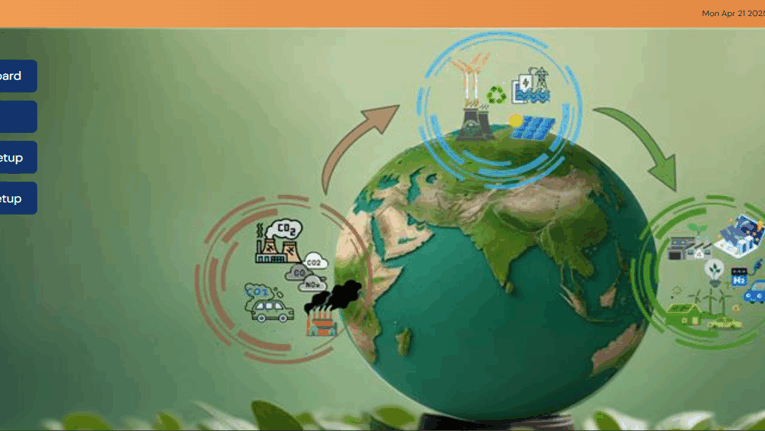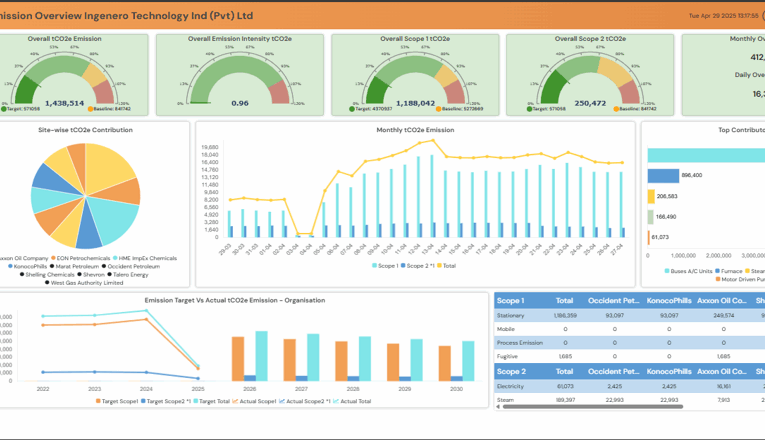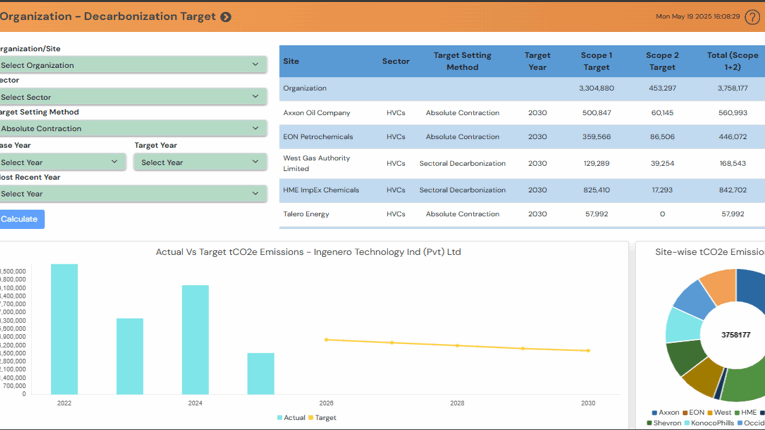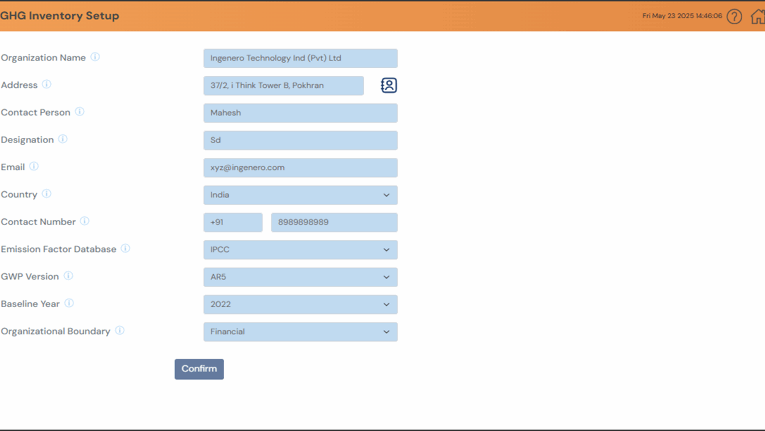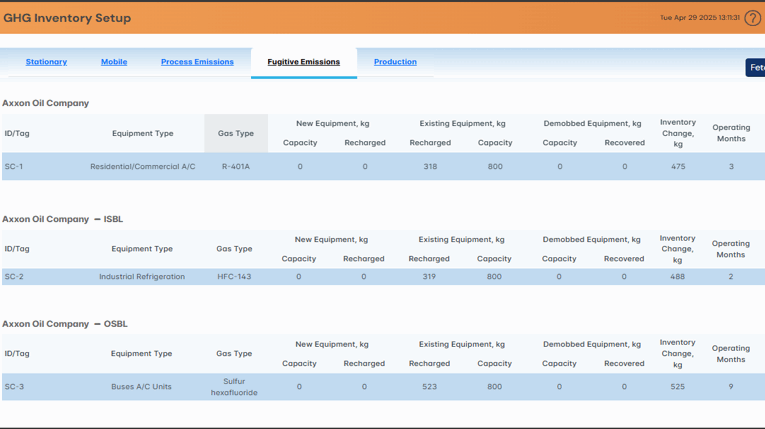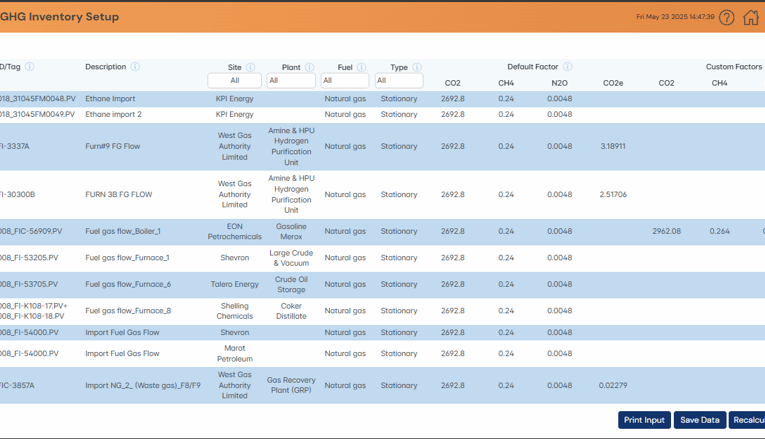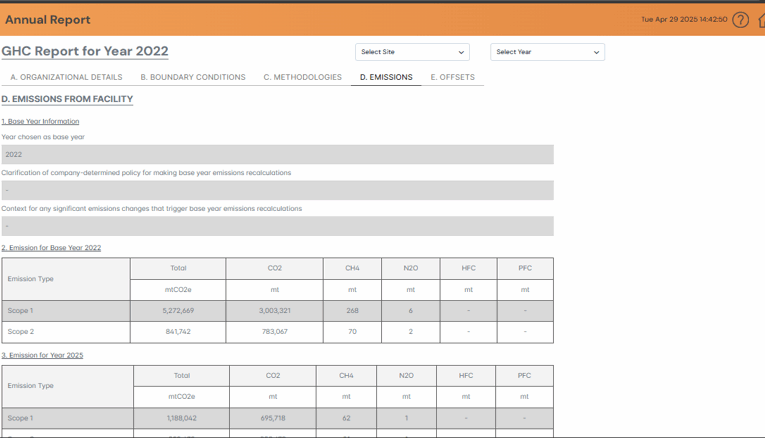
iNetZ
In the race toward carbon neutrality, i NetZ empowers industrial companies to digitalize their GHG emissions management. This AI-enabled sustainability platform streamlines the process of measuring, tracking, and reducing Scope 1 and Scope 2 carbon emissions in real time. By integrating with plant historians and aligning with GHG Protocol, SBTi, and ISO 14064-1 standards, i NetZ ensures data accuracy and regulatory readiness. Whether your goal is compliance, ESG reporting, or achieving science-based net-zero targets, i NetZ offers automated emission calculations, customizable reporting, and progress tracking—all within a secure, role-based platform tailored for complex organizations.
Salient Features
Differentiation
The chemical and process industries have traditionally relied on powerful historian and analytics platforms like OSIsoft PI System, Aspen InfoPlus.21 (IP.21), TrendMiner, Seeq, and Honeywell Uniformance for monitoring asset performance and detecting anomalies. While these platforms offer broad capabilities across data aggregation, visualization, and analytics, they often require complex setups and intensive configuration.
AlertX differentiates itself by offering a specialized, process engineer-friendly solution laser-focused on real-time deviation detection, intelligent prioritization, and flexible fine-tuning by process experts.
Unlike general-purpose analytics tools, AlertX provides rapid deployment, minimal complexity, and actionable insights that directly empower engineers to drive proactive troubleshooting and operational excellence. Unlike traditional systems that generate overwhelming alarms, AlertX intelligently filters and prioritizes actionable insights, helping engineers focus on what matters most.
Use Cases
Example Use Case: Refrigeration Compressor Deviation Tracking in an Ethylene Plant
Case 01: Ethylene Compressor Stage One Suction Temperature Deviation
- Deviation Detected: 1st Stage Suction Temperature at -139.5°F
- Observations:
- First Stage Flow increased to ~145 KLBH
- Heat Exchanger (Chiller) exceeded its permissible heat duty
- Conclusion:
Load hike is affecting 1st Stage compressor operation
Case 02: Ethylene Compressor Stage Four Discharge Temperature Deviation
- Deviation Detected: 4th Stage Discharge Temperature at 111.5°F
- Observations:
- Fourth Stage Temperature rose just above ~110°F.
- Heat Exchanger HE-168 breached permissible load, highlighted in red.
- Conclusion:
Temperature rise is impacting 4th Stage compressor operation. Possibility of load shifting of exchanger to reduce the load on 4th stage can be evaluated.
Case 03: Propylene Compressor Stage Four Discharge Temperature Deviation
- Deviation Detected: 4th Stage Discharge Temperature at 152.4°F
- Observations:
- Fourth Stage Temperature slightly exceeded ~150°F.
- Heat Exchanger HE-130 exceeded design heat duty.
- Conclusion:
High temperature is stressing 4th Stage compressor operation. Load shifting of exchanger can be evaluated to reduce load on 4th Stage.


Client Benefits
90% Reduction in Manual Reporting Effort
Automated data pulls and built-in emissions libraries eliminate spreadsheet errors.
50% Faster ESG & Sustainability Reporting
Streamlined monthly reporting aligned with IPCC, ISO, and GHG Protocol standards.
100% Regulatory Compliance
Ensure audit readiness and transparency with standardized frameworks and audit trails
35% Improvement in Net-Zero Roadmap Accuracy
Science-based target-setting with live performance tracking closes the gap on goals.
Unified View Across Facilities
Multi-site dashboards centralize emissions data and drive strategic planning.

